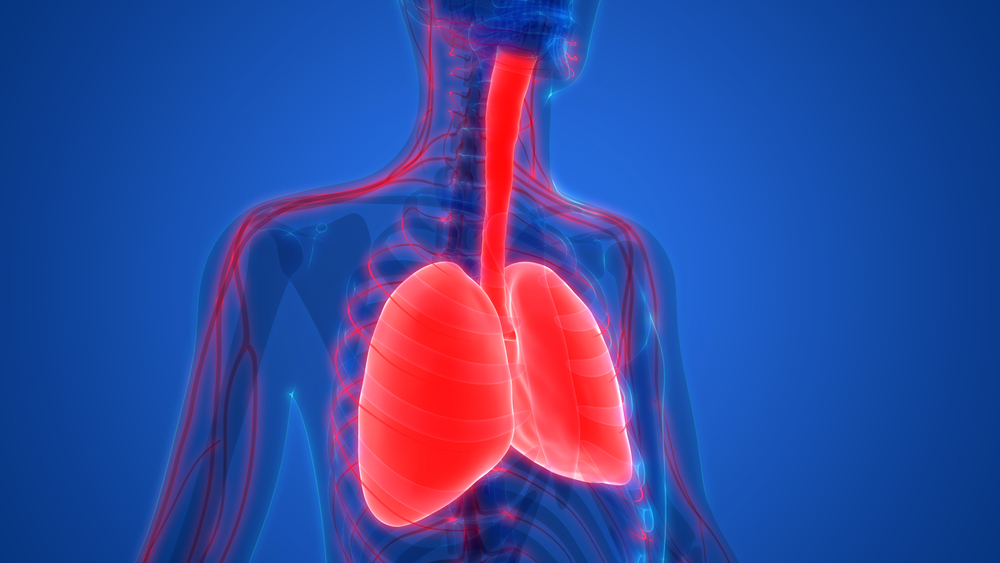How Can Spirometry Help Track Pompe Disease Progression?
Written by |

Spirometry is a common medical test that you can take at your local hospital or clinic to evaluate how well your lungs are working.
In late-onset Pompe disease, doctors can use spirometry to track disease progression.
What is late-onset Pompe disease?
Pompe disease is a rare, heritable, and progressive disorder characterized by the buildup of large sugar molecules called glycogen in muscles and other tissues. Muscles normally store glycogen as a source of energy for use during exertion.
People with Pompe are unable to break down glycogen because of a genetic mutation that causes the enzyme that breaks down the sugar molecules not to function properly. Therefore, glycogen keeps building up. This buildup prevents muscles from contracting properly and causes pain and muscle weakness, among other symptoms.
The disorder can begin in infancy, when it’s known as classic infantile-onset Pompe disease. More commonly, it starts later in life, during childhood or adulthood, when it’s called late-onset Pompe disease, or juvenile/adult-onset Pompe.
How does spirometry work?
A spirometer is a device that measures the force and volume of the air that you breathe out.
Clinicians normally perform the test in a hospital or clinic. You don’t need to make any special preparations before the test.
The clinician will ask you to sit or lie down. A clip may be placed over your nose and you will be given a tube into which you will breathe. You will be asked to exhale, or breathe out, over several seconds, as hard as you can, into the tube. This is usually done several times to make sure that the readings are consistent.
The measurements that your doctor gets out of the test are forced vital capacity (FVC) and forced expiratory volume (FEV).
FVC is the largest amount of air you can forcefully exhale after breathing in deeply. Lower readings indicate restricted breathing.
FEV is how much air you can force from your lungs over one second. This reading helps the doctor assess how severe your breathing problems may be. Low FEV indicates increased difficulty in breathing.
Are there any risks to spirometry tests?
The risks of spirometry tests are generally low. Some people may feel dizzy or short of breath during or after the test. Make sure to tell your doctor if you need to pause the test.
People who have recently had a heart attack or heart surgery will generally not be asked to perform a spirometry test.
How does spirometry help track Pompe disease progression?
One of the muscles that Pompe disease affects is the diaphragm, the large muscle at the base of the lungs that allows the lungs to expand and contract during breathing.
As Pompe progresses, changes in diaphragm strength are detectable. In some individuals, this weakness may be apparent before other symptoms appear. These patients might experience shortness of breath, or feelings of fatigue during or after exertion.
To detect these problems, your doctor will have you do the spirometry test twice, once sitting, and once lying flat on your back. If there is a greater than 10% decrease in FCV following the position change, it can indicate weakness in the diaphragm.
It is recommended that you have a spirometry test done at every checkup appointment to follow the progression of your disease.
Last updated: Aug. 25, 2020
***
Pompe Disease News is strictly a news and information website about the disease. It does not provide medical advice, diagnosis, or treatment. This content is not intended to be a substitute for professional medical advice, diagnosis, or treatment. Always seek the advice of your physician or other qualified health provider with any questions you may have regarding a medical condition. Never disregard professional medical advice or delay in seeking it because of something you have read on this website.





